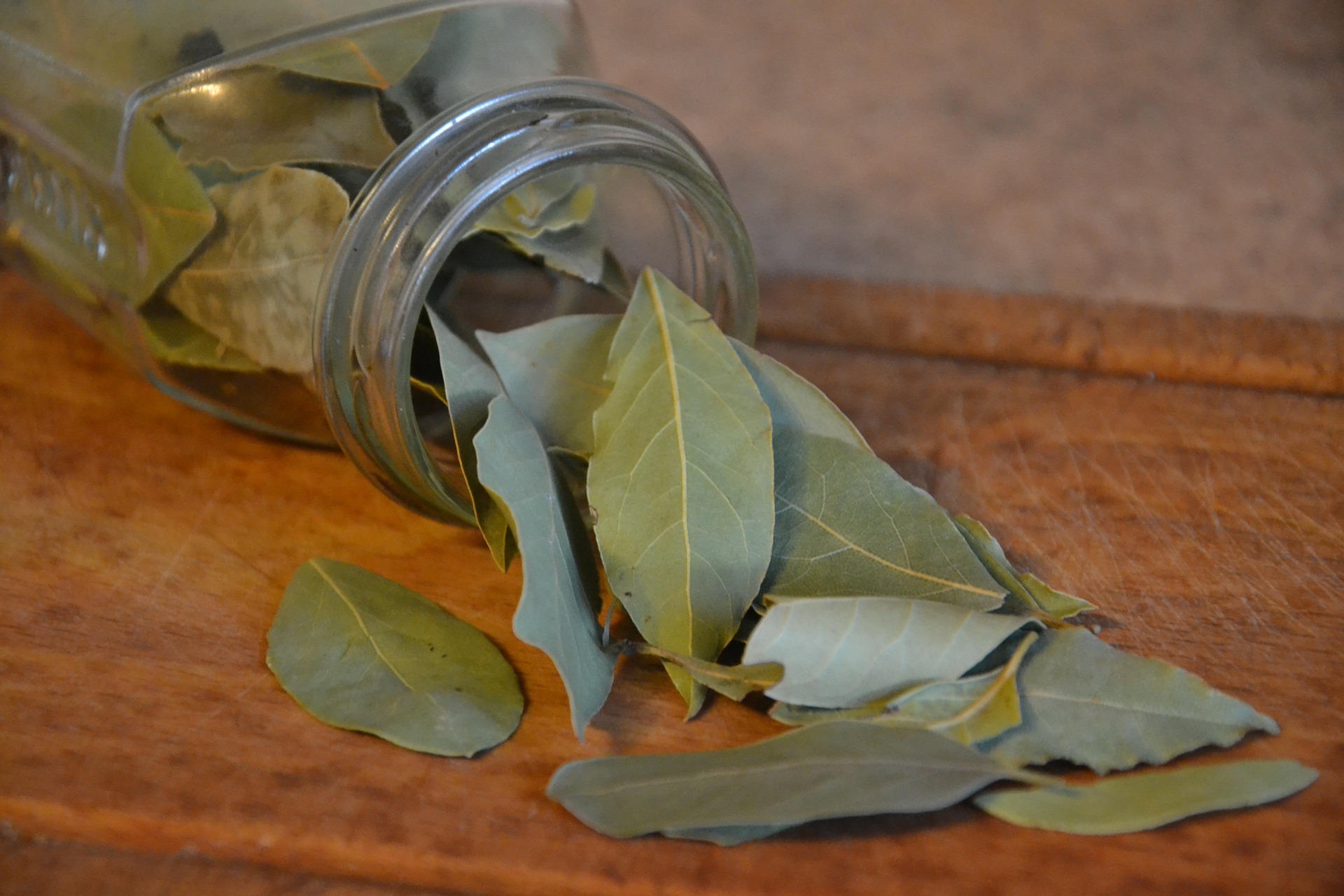If you look down through any recipe book with good soups, you will see many of the recipes suggest adding a single bay leaf while cooking. The same is also true for many sauces, but then later, you take the bay leaf out again. Why is this so common and is actually good for anything?
First of all, for those who haven’t tried chewing on a bay leaf in the past, I don’t necessarily recommend putting it on your bucket list. They tend to taste like eucalyptus, so you can see why you should take them out before serving up soup or stew. That leads us to the question, why would you even put it in one of those dishes to start with? Well, it all has to do with flavor combinations.
The real secret to using bay leaves successfully is to allow them to be in the dish long enough to simmer. The heat will break down some of the flavors from the leaf, including a little bit of menthol taste. Eventually, they become a more pleasant addition to the soup or sauce.

When you combine the flavor of the simmered bay leaf with the rest of the flavors in the recipe, it will be more like a sweet addition rather than one that is bitter. It doesn’t necessarily add a lot to the dish but when it is included, it can enhance other flavors, including some that deserve to be brought out. When people do a blind taste test, they will often distinguish between flavors when the recipes are exactly the same but one has a bay leaf included. They are good in many soups, but if it is chicken or beef, it’s an absolute must.
That being said, the bay leaf does have a limited lifespan. It isn’t good to leave it in the soup because you wouldn’t want to accidentally eat it, so it is discarded after simmering for an hour or so.
You should also recognize that there are two different types of bay leaves: California, which has a blade shape, and Turkish, which is more rounded. California bay leaves tend to be sharp and strong while Turkish bay leaves are sweet and mild.
Bay leaves can also last for a long time in storage. If you plan on keeping them for a while, however, it is best to freeze them. A fresh bay leaf will add stronger flavors to the soup so make sure you choose accordingly. Some chefs even prefer the dried version because they don’t want to overpower the soup in any way. It may take a little experimenting on your part, but the taste tests will be well worth it.













